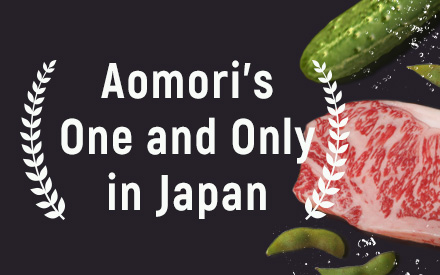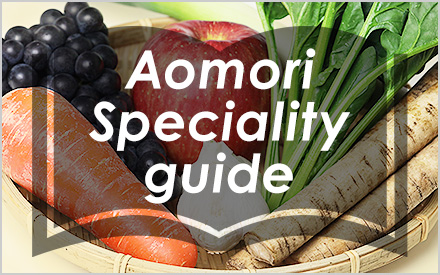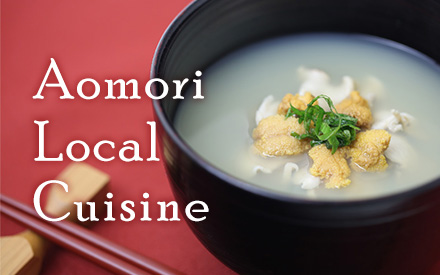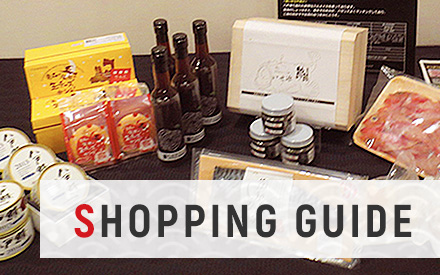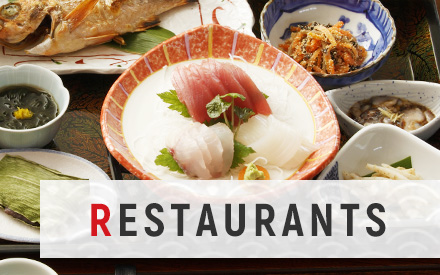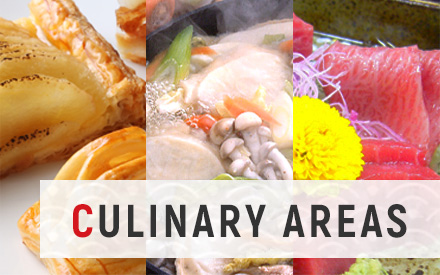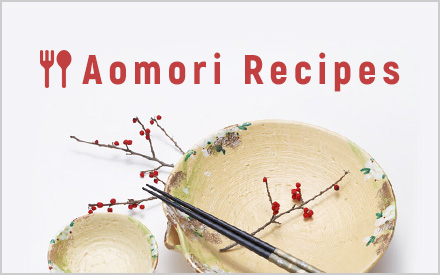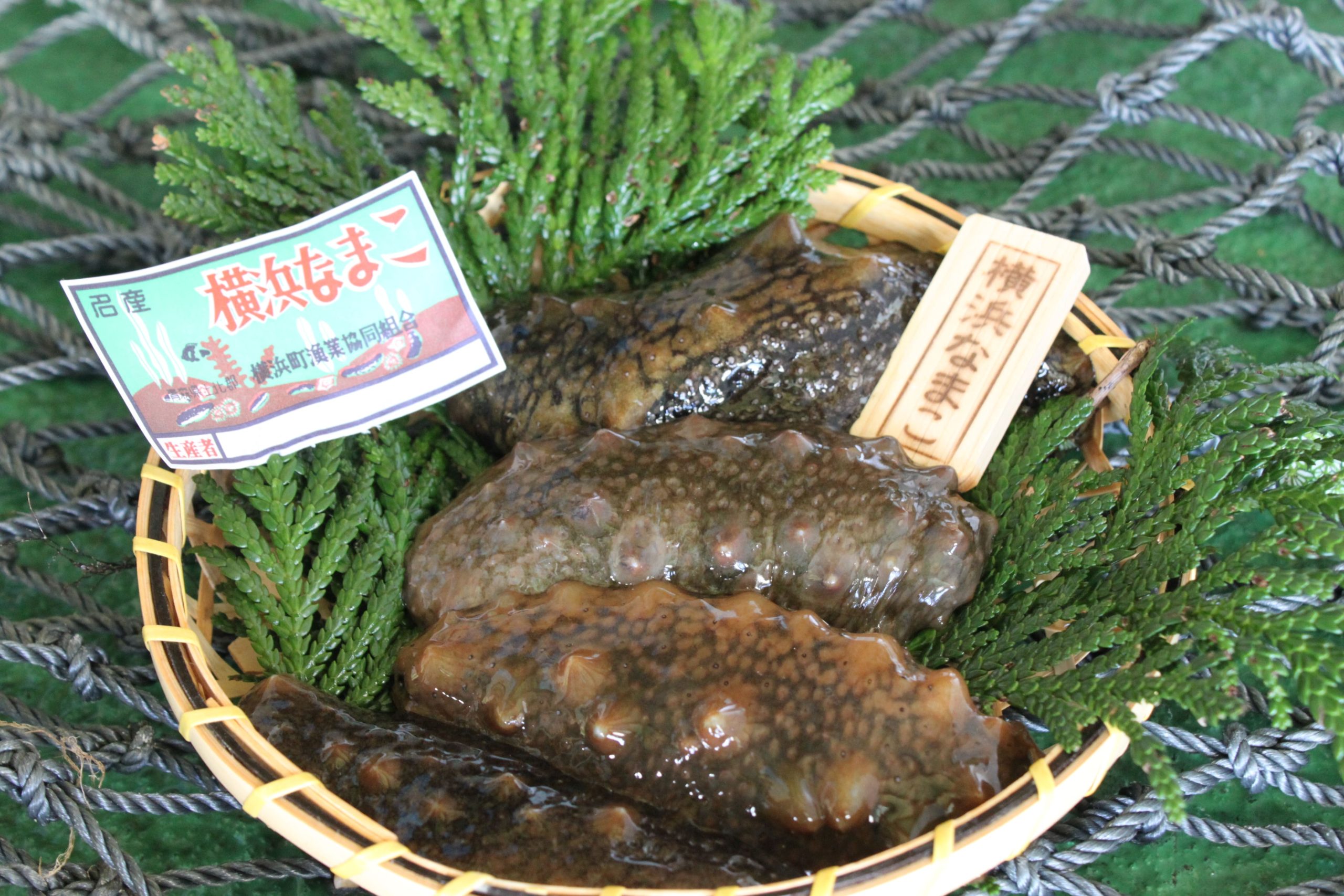
Namako, or sea cucumber, is a must-have ingredient for the Japanese celebration of the New Year. The town of Yokohama in Aomori prefecture is a well-known producer of sea cucumber. This is an introduction to the “Yokohama Namako” harvested in the town of Yokohama.
History of “Yokohama Namako”
The “namako” of Yokohama can be traced back to the Edo period. Even when the Sakoku policy was in effect and international trade was restricted, dried sea cucumber was one of the few products that were allowed to be traded with China, alongside abalone and shark’s fin. In the Showa era around 1926, distribution logistics made significant progress to allow “namako” to be shipped fresh.
On August 28, 2015, “Yokohama Namako” was registered as the 9th regional collective trademark of Aomori prefecture, the first sea cucumber to be registered in Japan.
Features of Yokohama’s “Namako”
Yokohama’s “namako” has been a regional product since Edo period. However, at one point overfishing led to decreased yields. Since then, the town of Yokohama has introduced various strategies to protect the prized “namako.”
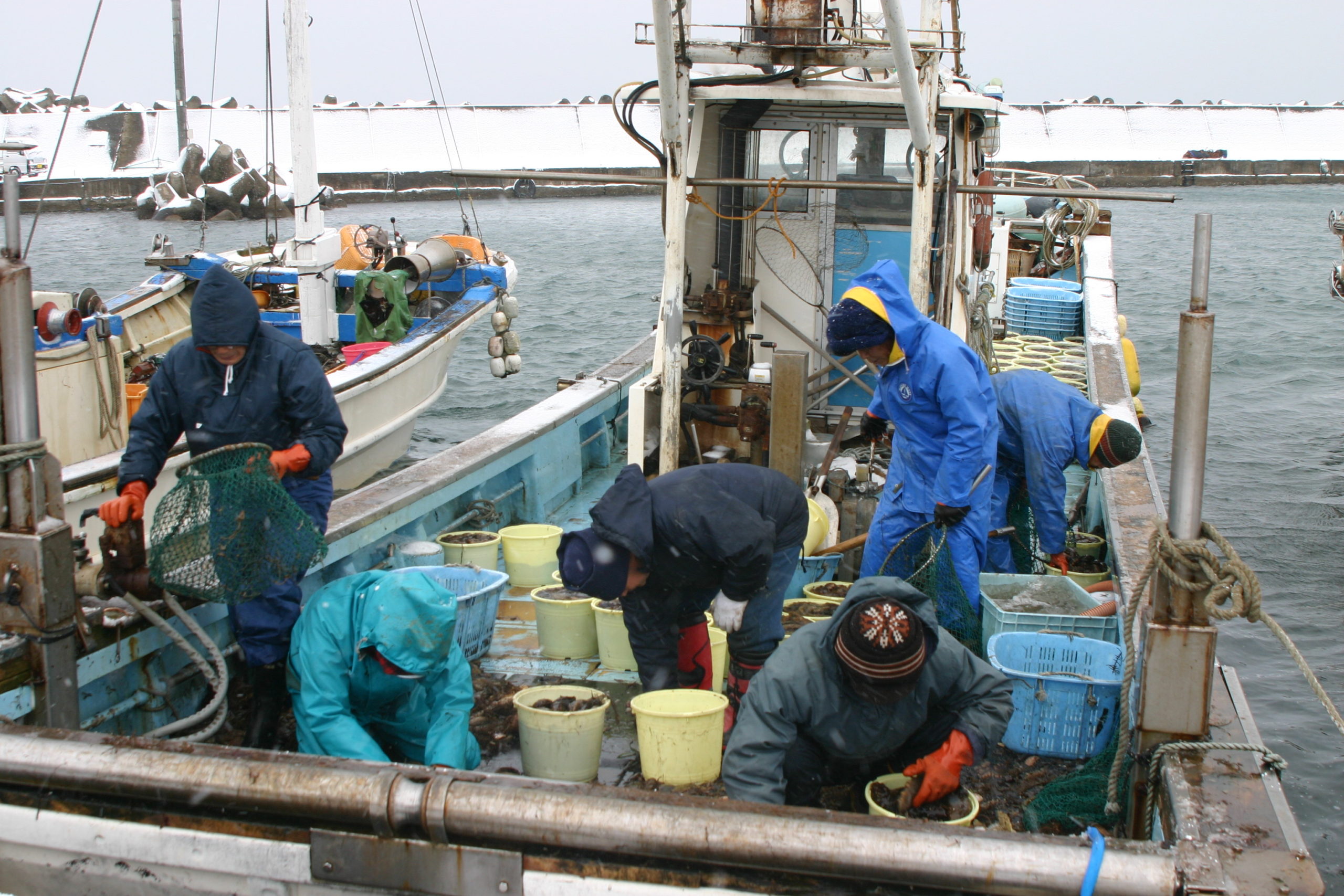
Four Strategies to Protect Local Resources
1.Restrictions about Fishing Season
The fishing season for “namako” in Yokohama is only a few days at the end of December. On top of the limited fishing season, the namako can only be caught within a time frame of 30 minutes to 1 hour a day. On the days that fishing is allowed, the weather and ocean conditions determine this time frame. In the past, dangerous ocean conditions prevented any fishing at all, resulting in one single day of namako fishing for the entire year.
2.Restrictions about Fishing Areas
Restrictions of fishing areas are in place to prevent any interference in the growth of “namako.” Specifically, fishing areas for “namako” are set in rotation where “namako” fishing is prohibited in certain areas for a few years. Any other fishing or using of nets are also prohibited in the designated areas.
3.Improvement and Inspections of Nets
To catch “namako,” fishermen use a special dredge net with a rake-like metal attachment. For environment protection as well as prevention of over fishing “namako,” the special net was improved to be lighter in weight. Every net is inspected prior to heading out to the sea, undergoing comprehensive checks to prevent the usage of nets that do not meet regulations.
4.Utilization of Sea Scallop Shells
Mutsu Bay is an established sea scallop farming area. Previously, there was a problem with discarded scallop shells, however, the shells are now being reused for the protection of “namako.” By scattering the scallop shells on the sea bed, they protect the “namako” and create an environment that helps the juvenile “namako” grow.
All of these strategies help protect the environment and subsequently improve the quality and value of “Yokohama’s Namako.”
Soft Texture
The greatest characteristic of “namako” from the town of Yokohama is the tenderness of its flesh. A wide shallow rocky beach with calm waves surrounds the bay of Yokohama, a part of Mutsu Bay. This is an ideal environment for “namako” to grow and the reason why “namako” from Yokohama are soft with few calcium plates that would make the meat hard.

